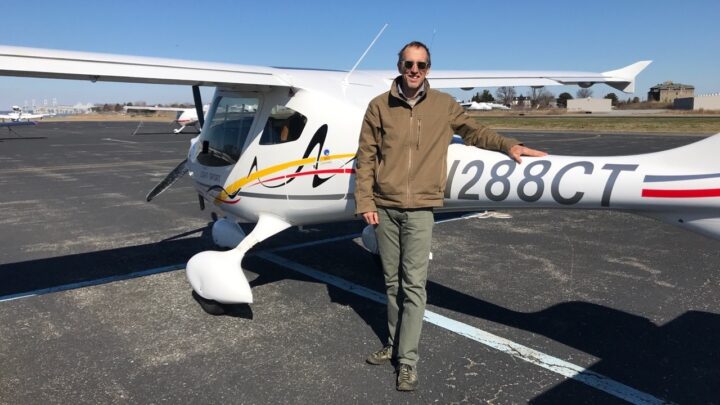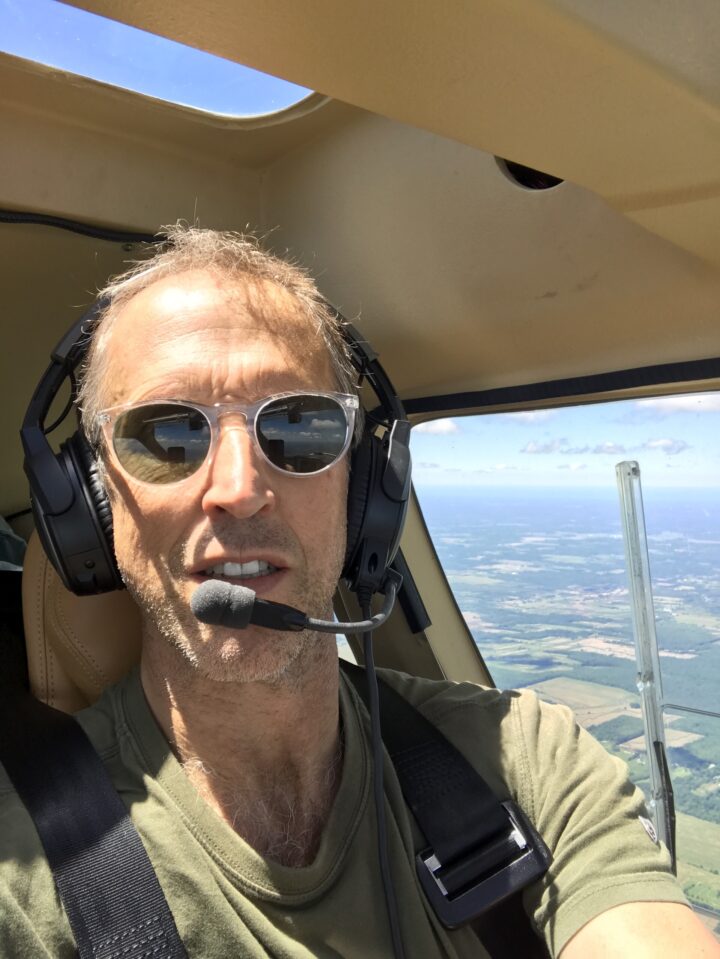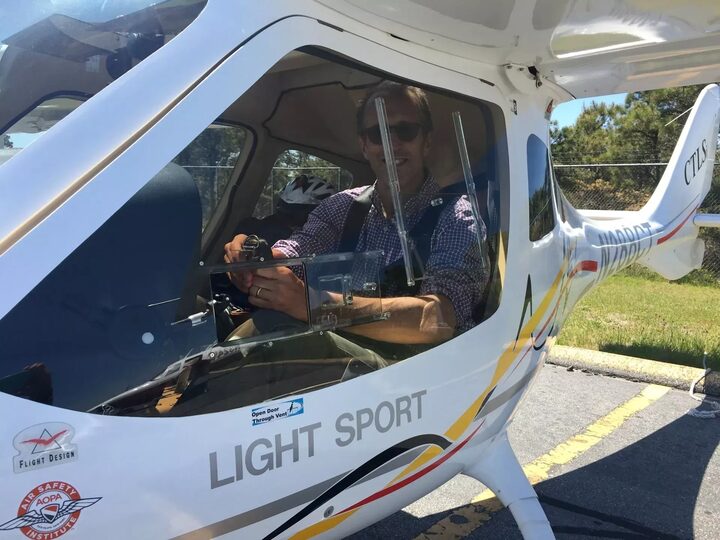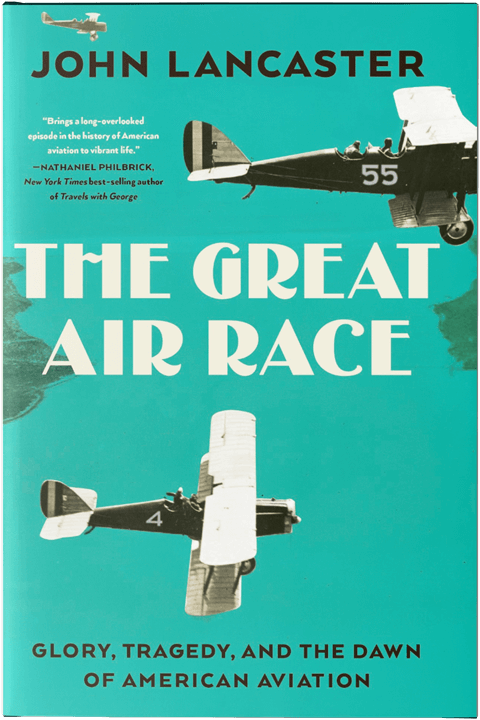“Delightful…Page by page, you want to learn more … I have read a lot about aviation and the aircraft industry over the years, but almost everything in this tale was new to me. You might take it on your next airline flight, pause to look out the window and spare a thought for those who helped make it all possible.”
— James Fallows, New York Times Book Review
Order The Great Air Race Today
The Great Air Race
Glory, Tragedy, and the Dawn of American Aviation
The incredible, untold story of the men who risked their lives in the first transcontinental air contest — and put American aviation on the map.
The Great Air Race reclaims one of the most important moments in the history of American aviation: the transcontinental air race of October 1919 that saw scores of pilots compete for the fastest roundtrip time between New York and San Francisco in frail, open-cockpit biplanes. Riveting the nation, the aviators — most of them veterans of the Great War — pioneered the first coast-to-coast air route, braving blizzards and driving rain as they landed in fields or at the edges of cliffs. Bringing the pilots and the race’s impresario, Billy Mitchell, to vivid life, journalist and amateur pilot John Lancaster captures the challenges of flying in that almost prehistoric age — the deafening roar of the engine, the constant fear of mechanical failure, the threat posed by mere rain. As he demonstrates, the race, despite much drama and tragedy, was a milestone in the development of commercial aviation. The Great Air Race is a captivating story of man and machine, and the debut of a major new popular historian.
“[A] compelling book that succeeds by giving this chapter in history its due … the pilots were pioneers whose exploits are worth remembering. At a moment when air travel has become a nightmare of flight delays, missed connections and vanishing legroom, it is refreshing to return to an era when taking to the skies meant adventure and freedom.”
“It’s hard to imagine a more ideal narrator…Lancaster tells a vivid story and makes a moving case that these early martyrs at the takeoff of domestic aviation gave the rest of us a future in the sky.
— Washington Post
“Energetic and entertaining… Lancaster brings to vivid life the eccentric cast of racers… A high-flying history of aviation’s white-knuckle early days.”
— Publishers Weekly
“Among the many virtues of John Lancaster’s delightful The Great Air Race is how vividly it conveys the entirely different world of aviation at the dawn of the industry, a century ago … My favorite book about Antarctic exploration is The Worst Journey in the World, by the British writer Apsley Cherry-Garrard, a survivor of a doomed expedition in 1910. The Great Air Race has the same horrific but heroic fascination. Page by page you think, What else can go wrong? Page by page, you want to learn more … This is Lancaster’s first book. But he deftly pulls off some tricks that are harder than they seem. He embeds social, economic and political history as he writes — for instance, how coast-to-coast air travel fits into the history of wagon trails, railroads and highways connecting the continent … I have read a lot about aviation and the aircraft industry over the years, but almost everything in this tale was new to me. You might take it on your next airline flight, pause to look out the window and spare a thought for those who helped make it all possible.”
— James Fallows, New York Times Book Review
“Although the race took place during peacetime, Lancaster is in solid military-history territory… The race itself was fraught with peril, and the author recounts in great detail the inherent struggles of trying to fly cross-country when there were no navigational aids, and the weather could prove deadly. In the end, there were numerous crashes, injuries, and fatalities, and Lancaster covers all of it, making for thrilling reading. The book also includes outstanding photographs. An excellent read for those interested in aviation, the military, and American history.”
— Colleen Mondor, Booklist
“A dramatic account of the massive 1919 cross-country air race, ‘the likes of which the world had never seen.’…In this well-researched text, Lancaster delivers an expert description of the planes (mostly ex-WWI fighters) and biographies of the volunteers…Entertaining fireworks during the early days of flight.”
— Kirkus Reviews
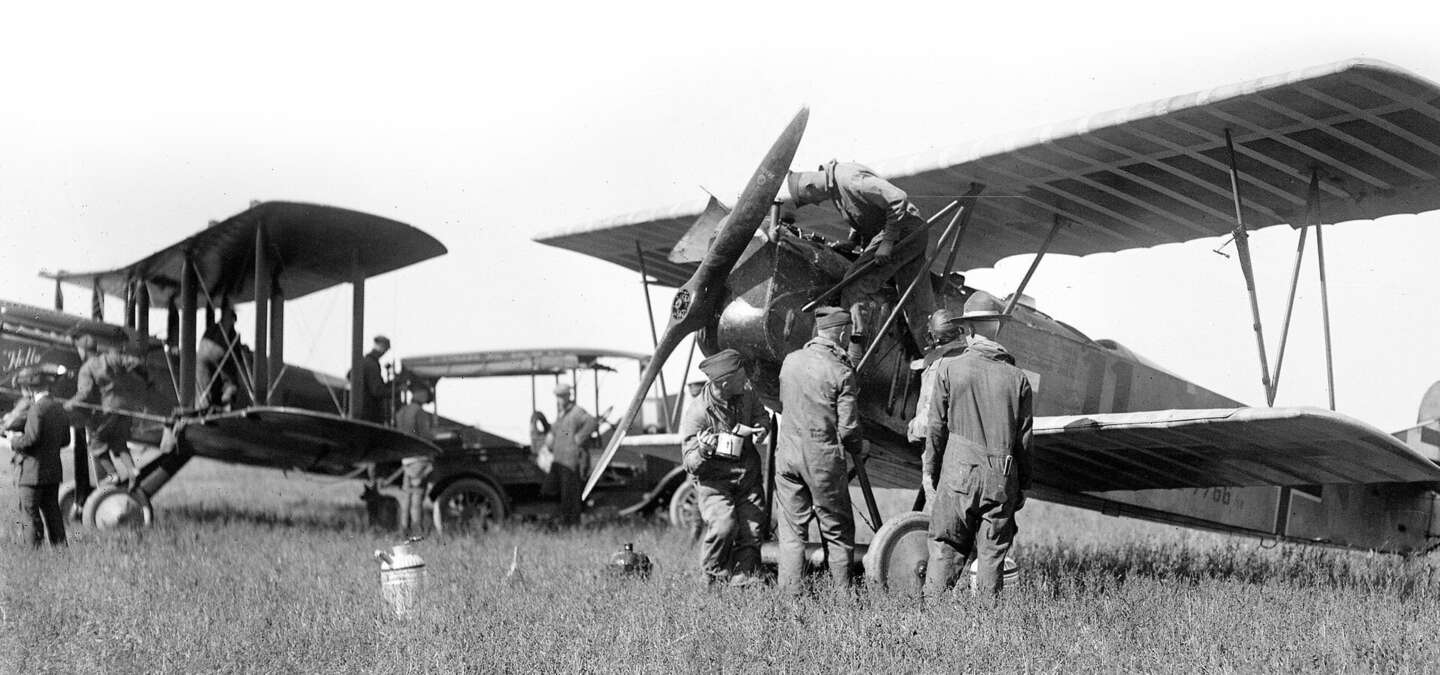
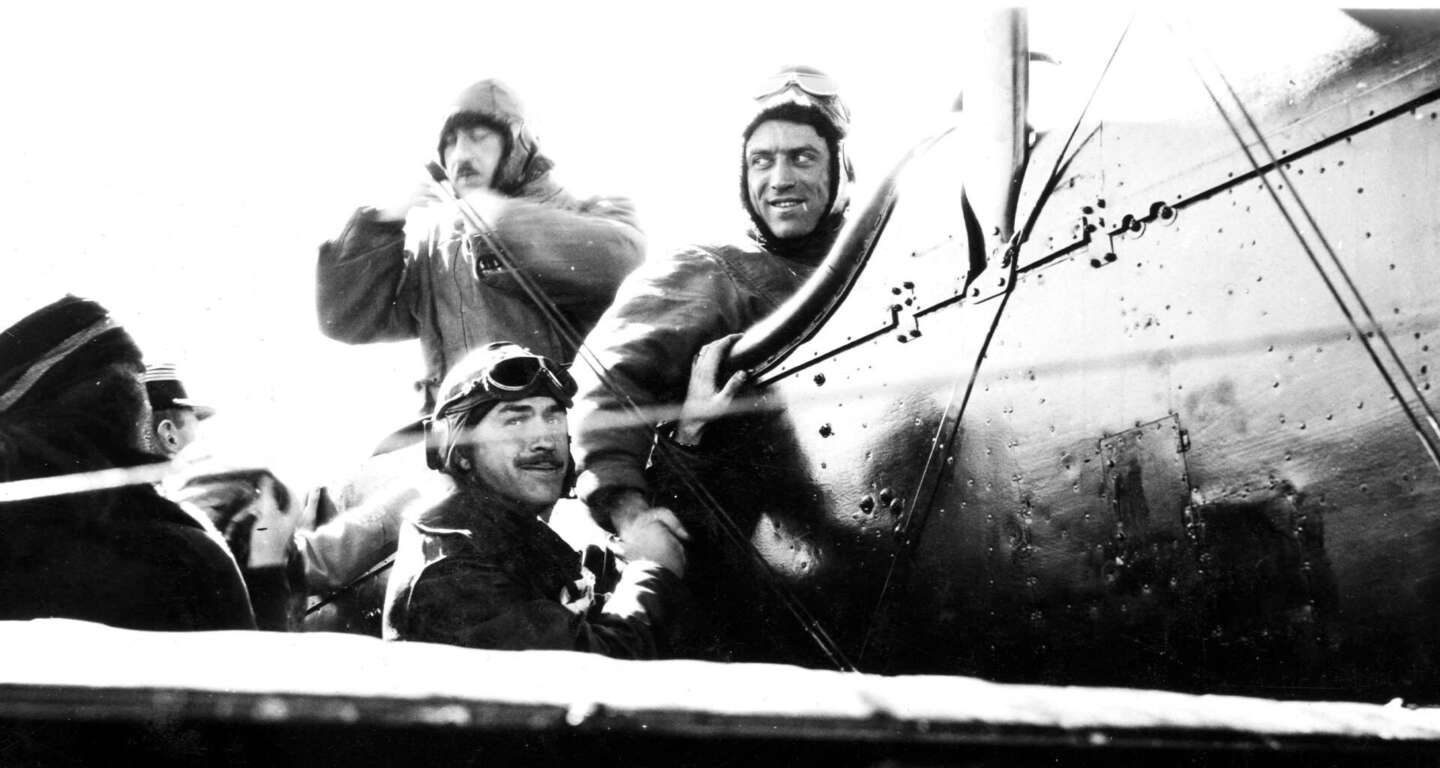
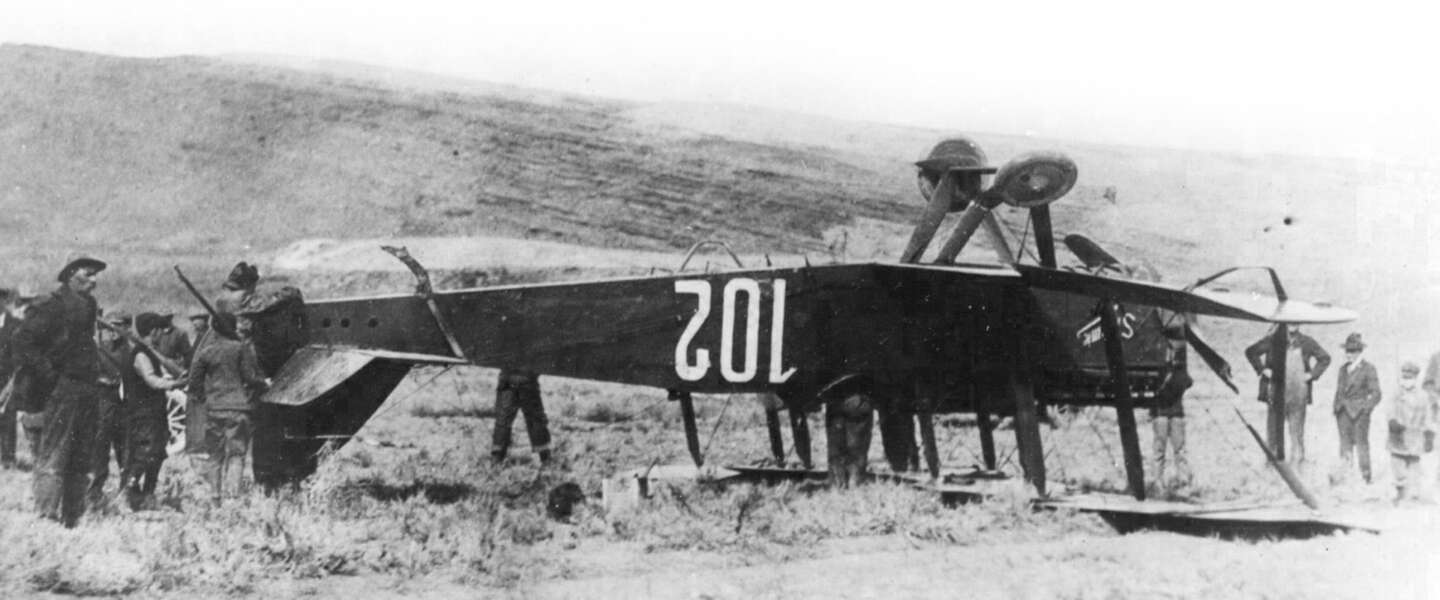
As part of his research for the book, Lancaster retraced the 5400-mile route of the contest—from Long Island to San Francisco and back again—in his small single-engine plane.
